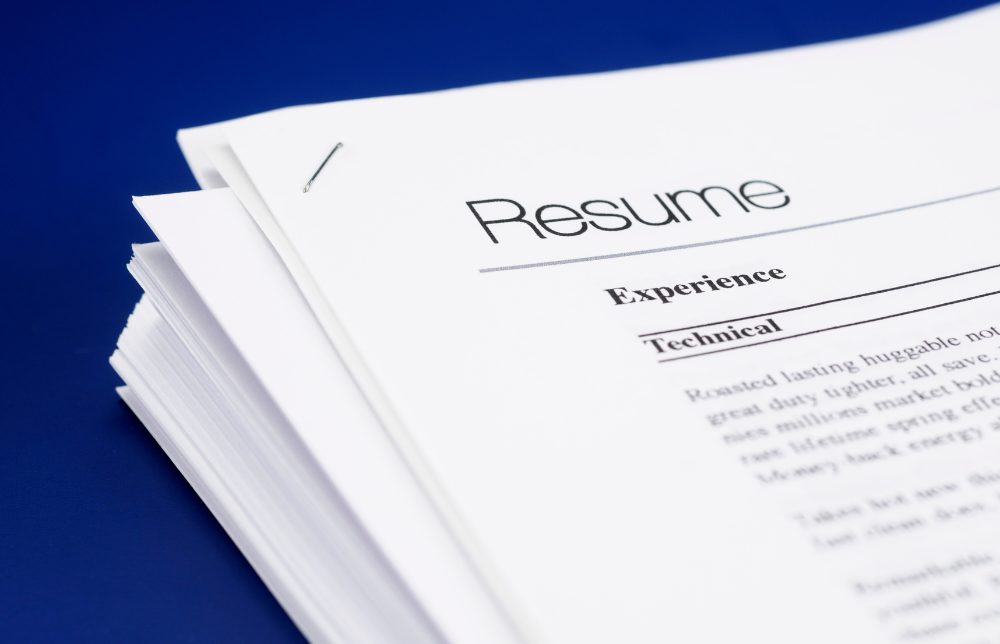Leadership Tips To Bolster Engagement
Business leaders around the world will know that the pandemic has exacerbated many pre-existing challenges. One major challenge is employee engagement. Fortunately, there are ways to boost employee engagement during ...

Business leaders around the world will know that the pandemic has exacerbated many pre-existing challenges. One major challenge is employee engagement.
Fortunately, there are ways to boost employee engagement during uncertain times. In this blog, we discuss the characteristics of strong leadership and the benefits of employee journey mapping.
Leadership tips to help with engagement
Has there ever been a more crucial time for strong, decisive leadership? It seems that the thing that separates the engaged from the disengaged is relatively simple – effective, purposeful leadership.
If you are keen to sustain or even boost engagement within your organisation, it might make sense to initiate change from the top. Below are some tips for strengthening leadership.
Look at the bigger picture
Instead of pursuing high engagement for its own sake, managers and leaders should look at the bigger picture. What outcome is your business working to achieve? Do you have essential short-term objectives that must be achieved? In times of uncertainty, horizons shorten and a phased approach to reaching longer term objectives is the only way forward. How will engagement help you get there? Understanding the bigger picture will help leaders take a more holistic, meaningful approach to leadership.
Ensure expectations are laid out from the outset
Another crucial driver of engagement is to ensure that expectations are laid out clearly from the outset. When employees know exactly what they are required to do, and they are given the training and resources required to carry out their duties, you have laid out the foundations for engaging, productive work. This is even more critical during times of mass upheaval. For example, providing the tools, resources and communication channels to be able to work successfully from home will go a long way towards keeping people engaged.
Clearly communicate any changes in KPIs and OKRs to employees
Despite circumstances changing, people still want to know what’s expected of them. If key performance indicators (KPIs) and objectives and key results (OKRs) have had to be altered due to new operating conditions, make sure this is clearly communicated to employees. What are the new goals and how will you, as their leader or manager, help employees achieve them? Will people still receive professional development? What happens with remuneration and benefits? While you may not have all the answers right now, simply taking the time to understand what’s top of mind for employees during uncertain times can go a long way towards people feeling appreciated and valued.
How employee journey mapping can help with employee engagement
To assess employee satisfaction, employers must ask themselves: How well do I know my employees? Do I know what their pain points are and what they enjoy about their work? What are their frustrations? Are they getting the support they need during COVID-19? What do they need to be more productive?
If you’re unsure of the responses to these questions and you’re about to embark on initiatives to improve the employee experience (EX), you may want to pause those plans. What’s the most valuable aide a traveller can have? A map! In this case, you need to create a map of the employee journey.
What is employee journey mapping?
Employee journey mapping enables employers to map the journey their employees take as they move through the organisation – from recruitment through to exit, and beyond. Journey mapping covers all the key milestones an employee will have with their organisation, factoring in the physical, technological and cultural employee experiences. It touches on:
- Candidate attraction
- Recruitment
- Onboarding
- Professional development
- Management
- Staff exits
- Alumni experiences
How can employee journey mapping help bolster engagement during COVID-19?
Employee journey mapping can really help to bolster engagement – especially during times of crisis. This approach, known as co-creation, is often used to fix customer experiences and is starting to be utilised in employee experience (EX).
Employee journey mapping is about understanding what the most important and valuable employment moments are – the moments that have the most positive impact on employee engagement, satisfaction, motivation and productivity – and leverage them in a positive way.
The key ingredients of employee journey mapping are as follows:
- Data
Data lies at the heart of the EX; without it, HR operates blind. It’s therefore critical to gauge employee sentiment at every stage of the lifecycle – to help assess strengths and weaknesses.
Traditional staff engagement surveys can help but so too can staff pulse surveys. Pulse tools not only obtain more timely insights into what employees are thinking about the organisation but can also provide feedback as to the success (or otherwise) of various initiatives and programs launched by the HR team, such as learning and recruitment.
- Personas
Just like the customer experience (CX) can be enhanced by knowing more about customers, an understanding of the “end-user” of HR’s services can help to optimise the EX.
While HR should aspire to personalise the journey for each employee, sometimes this is impossible. Instead, people-related data can be used to create “personas”. A persona is a snapshot of the behaviours, motivations, emotions, interests and values of similarly minded people, based on data. Organisations have traditionally used personas to understand how different groups of customers interact with their business. Using all the feedback you’ve collected through various feedback channels, you can segment your workforce into distinctive personas to better understand how to tailor your EX to each employee.
For every key stage of the employee journey and for every employee persona you’ve created, you should firstly determine the desired outcome, and secondly, the discrepancies between their current experience and the ideal experience. For example, it might be revealed that new hires want more information about what to expect during the interview process. You therefore know this is a weakness that must be improved.
- The design thinking lens
Another key element of EX is applying a design thinking lens to everything the organisation does in relation to its people. Design thinking has already proven its worth in other areas. It can be used to improve customer experiences, develop new products or services, revamp corporate strategies, disrupt or even reinvent industries. Design thinking aims to match people’s needs with what is technologically feasible and what a viable business strategy can convert into value and market opportunity. Applied to HR, design thinking puts employee needs and emotions at the centre of the design of processes and solutions.
COVID-19 has been the driving force behind the total evolution of workplace practices – one which involves high levels of remote working. This means it’s crucial that employers get to know their employees on a deeper level and ask them what kind of experience they want at work, so that the business is in a better position adapt to any future challenges.
ELMO Software is a cloud-based solution that helps thousands of organisations across Australia, New Zealand and the United Kingdom to effectively manage their people, process and pay. ELMO solutions span the entire employee lifecycle from ‘hire to retire’. They can be used together or stand-alone, and are configurable according to an organisation’s unique processes and workflows. Automate and streamline your operations to reduce costs, increase efficiency and bolster productivity. For further information, contact us.
 HR Core
HR Core 









